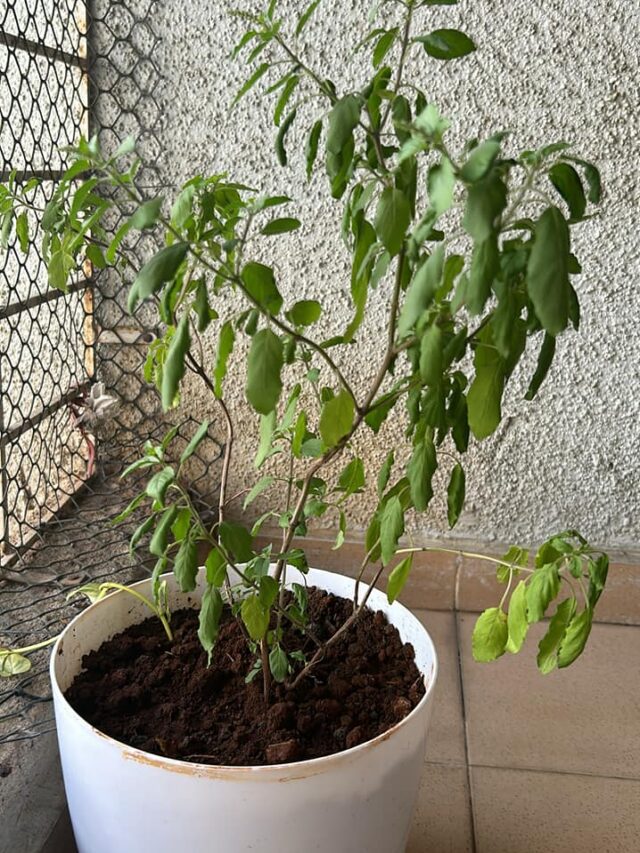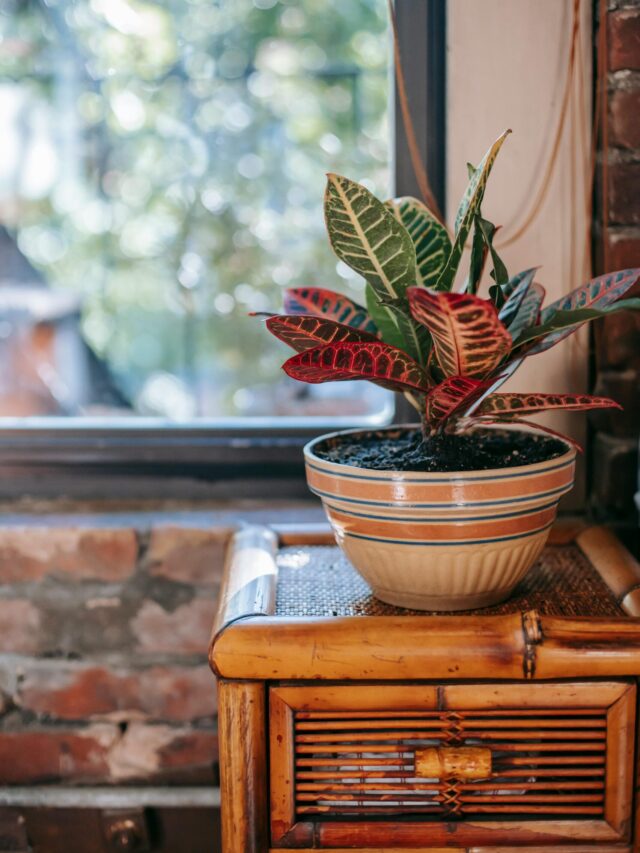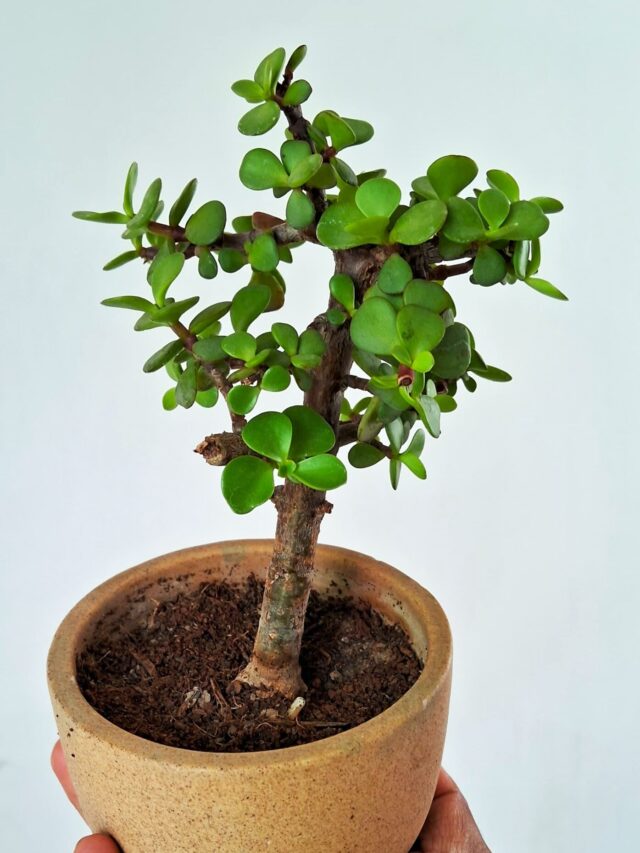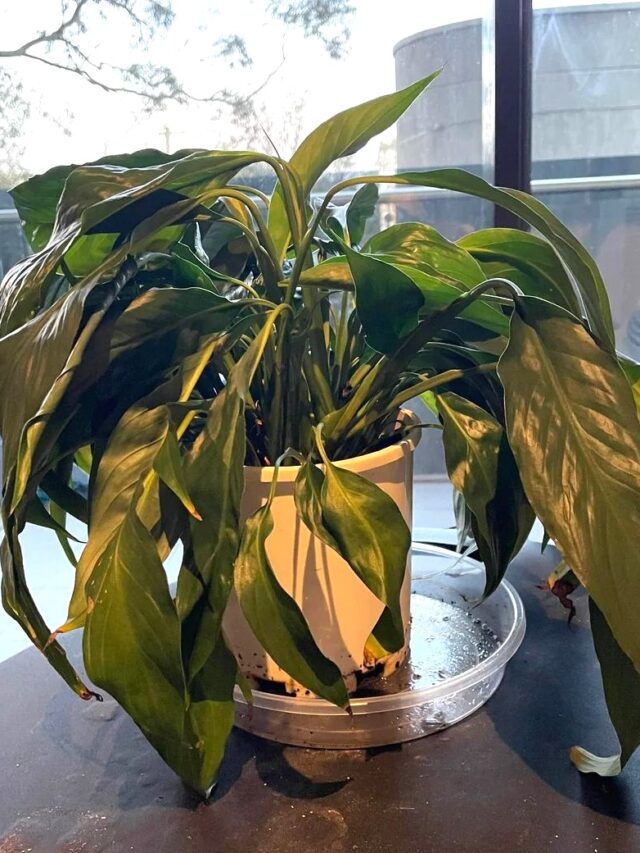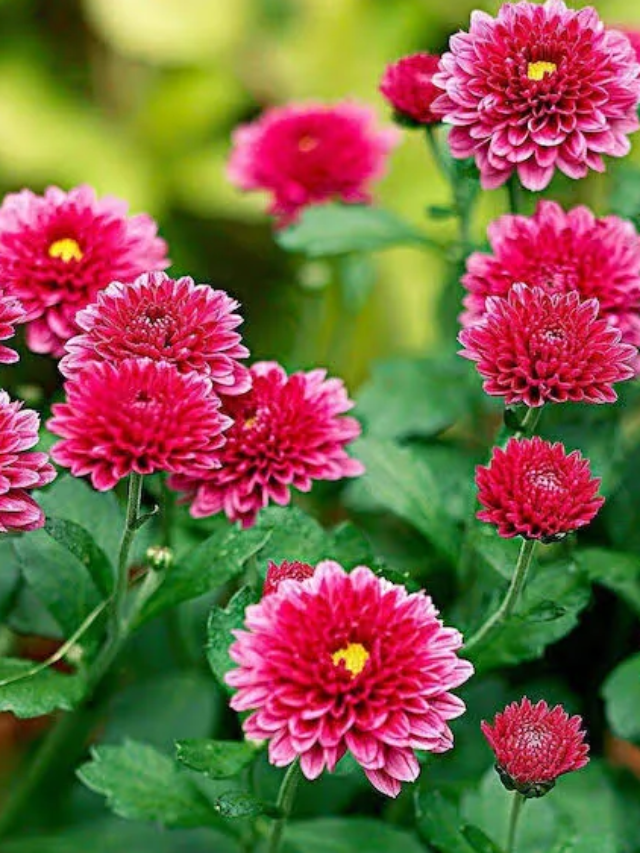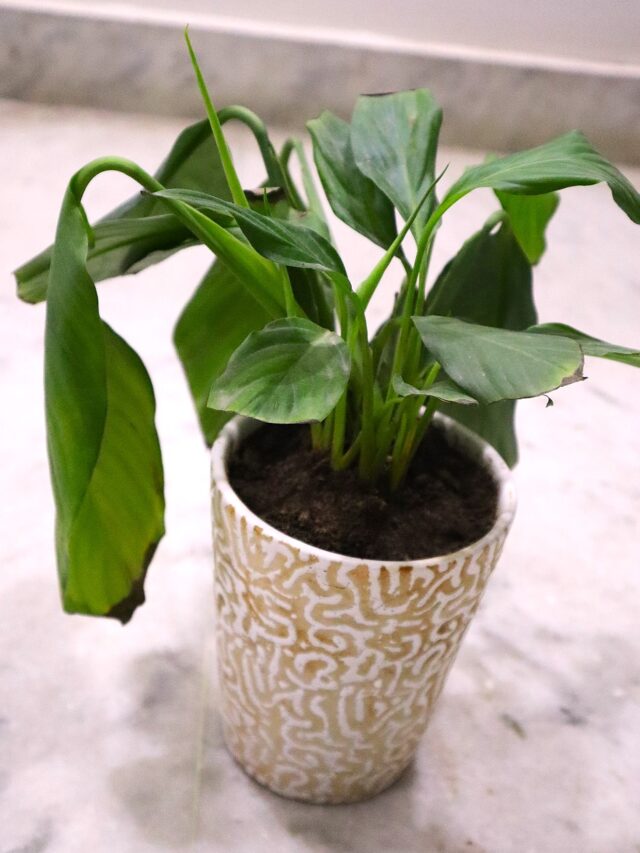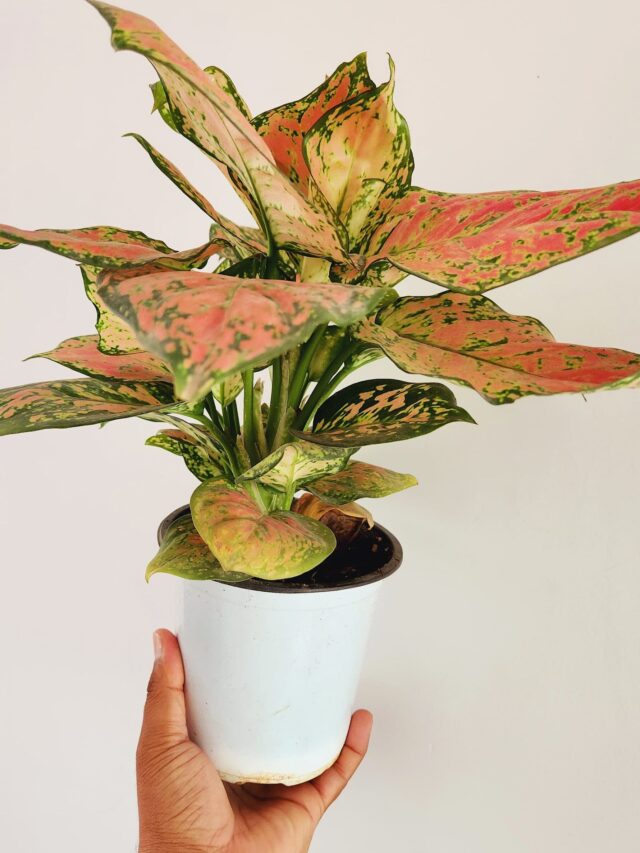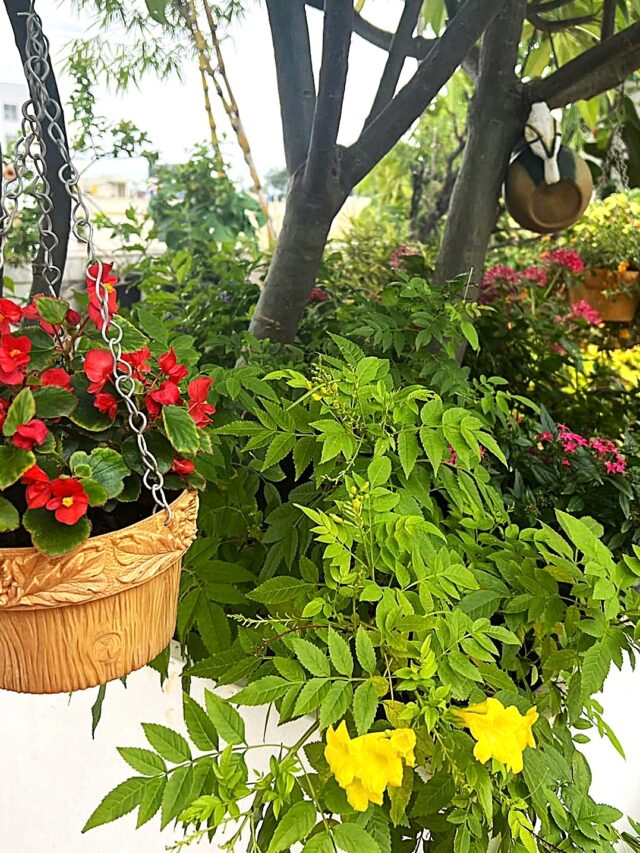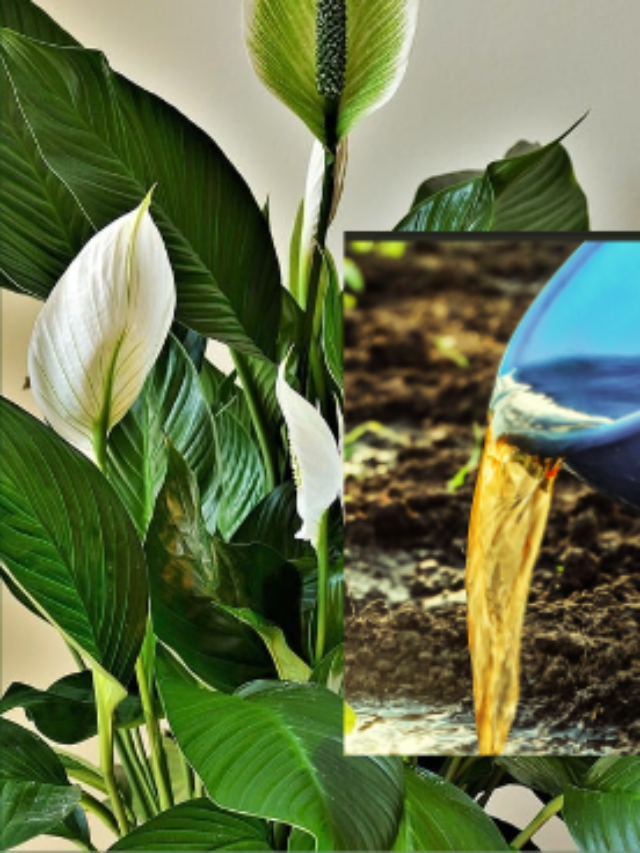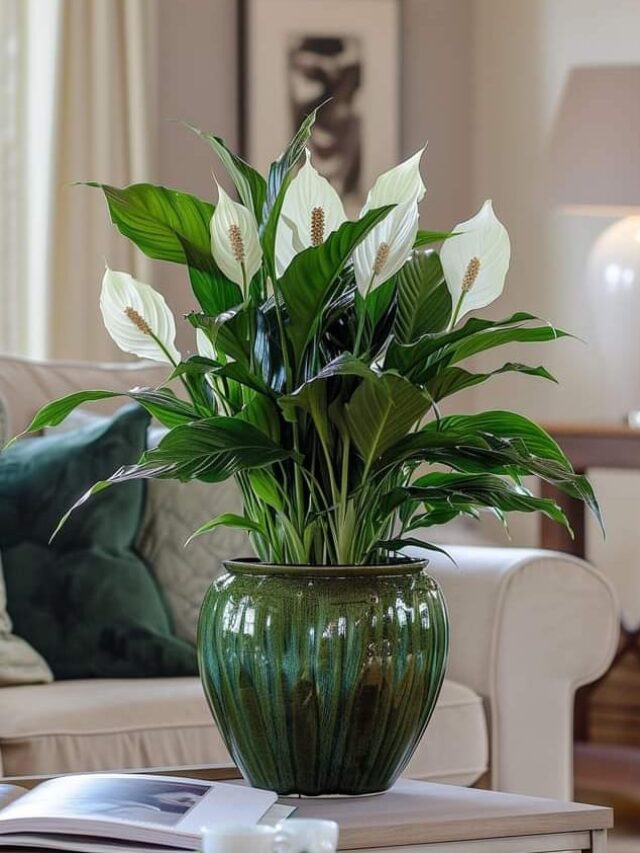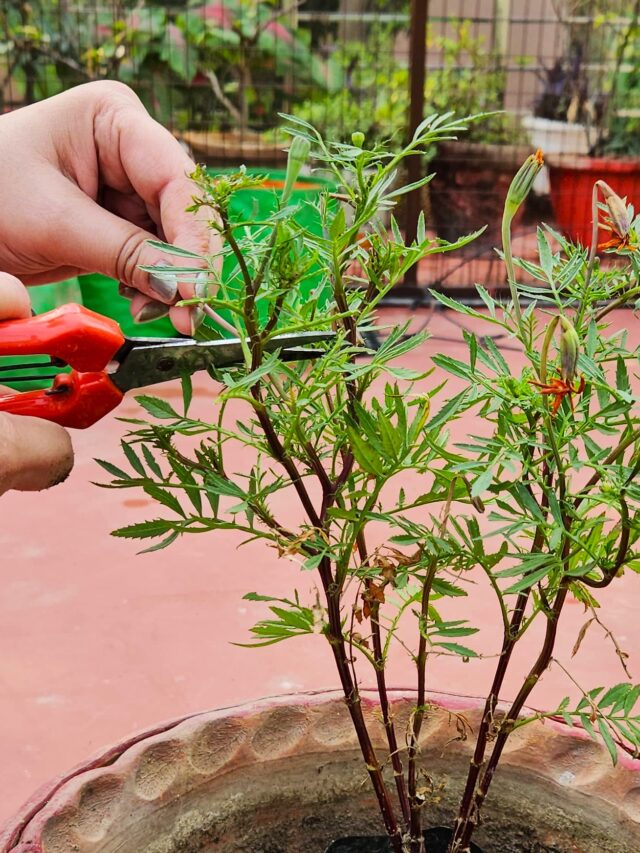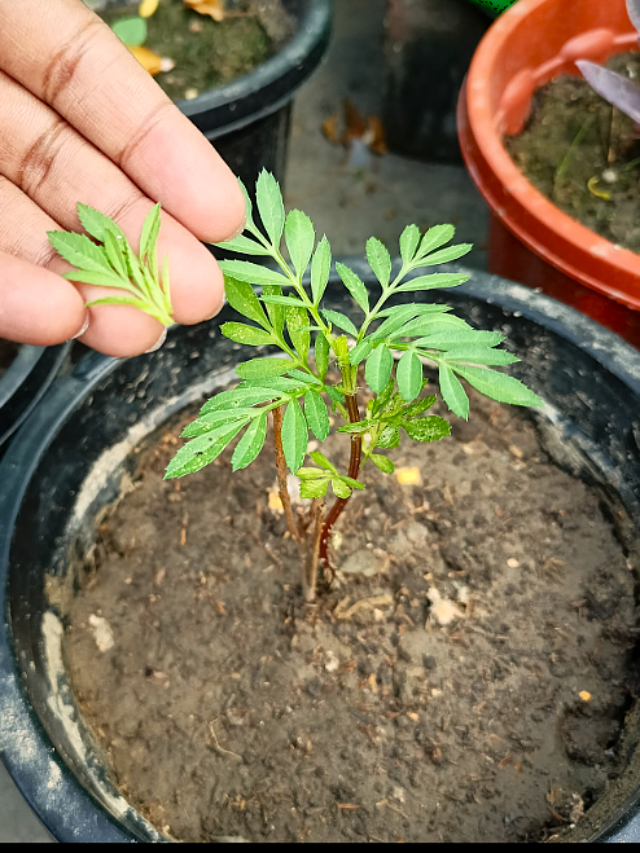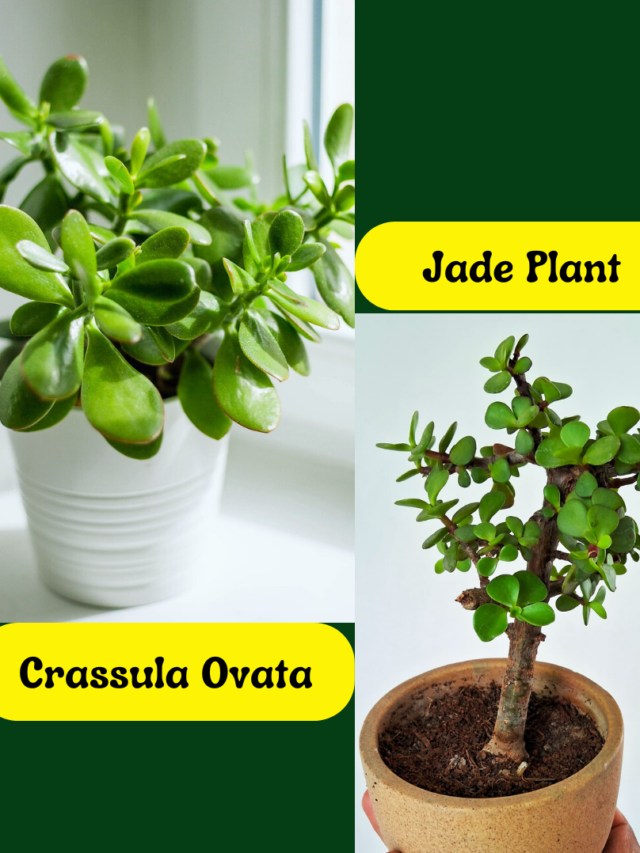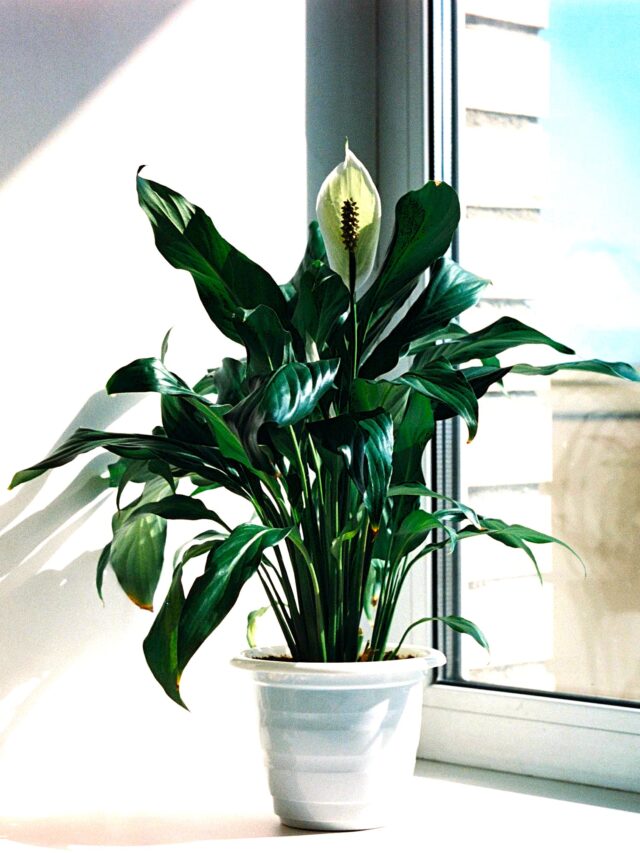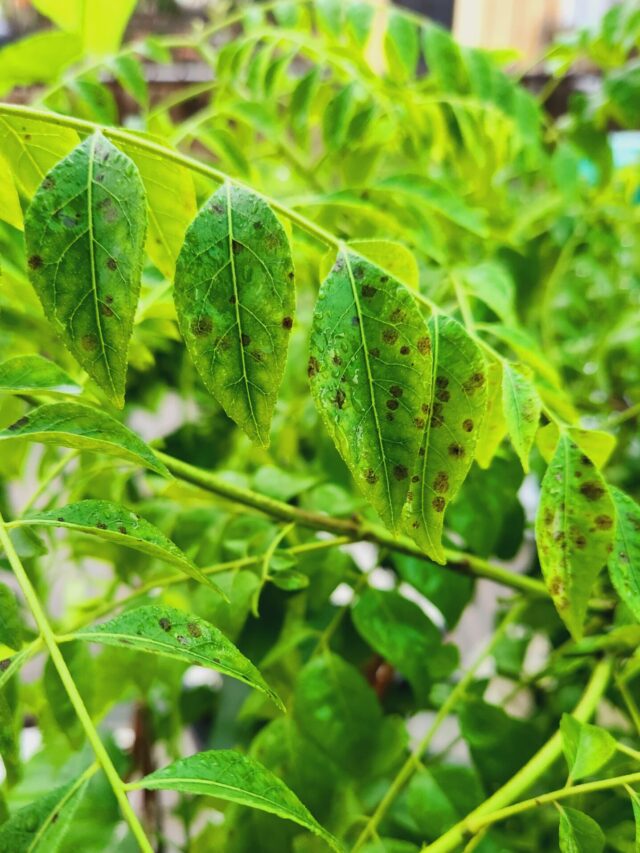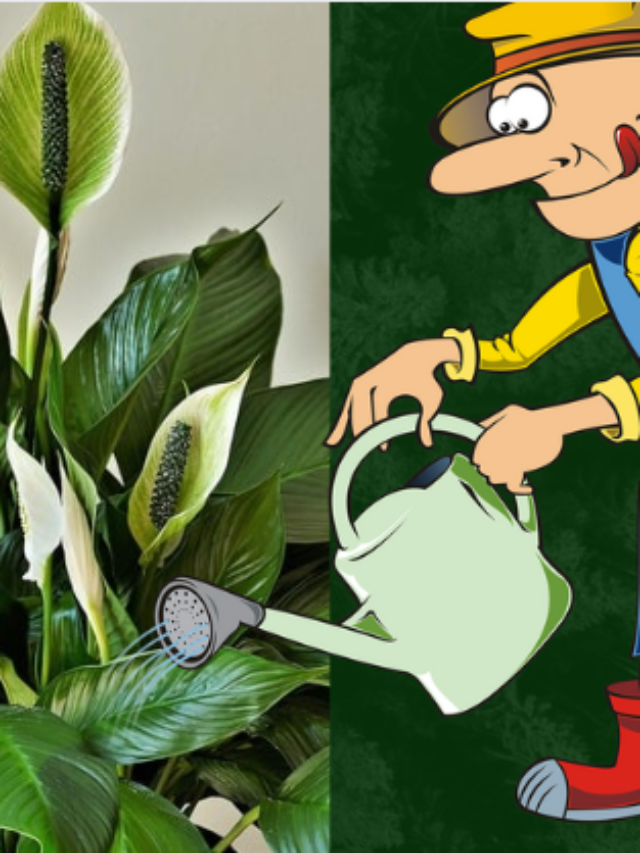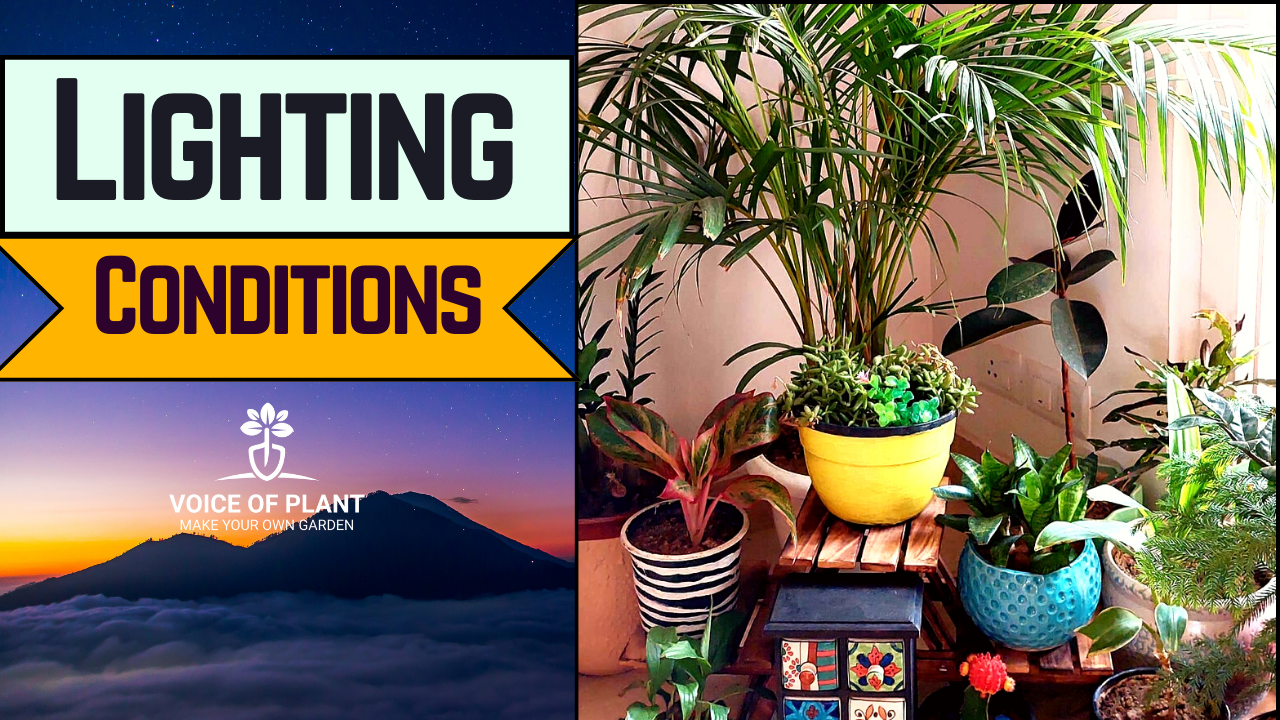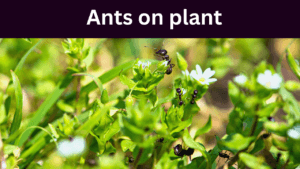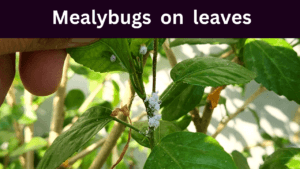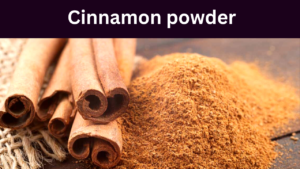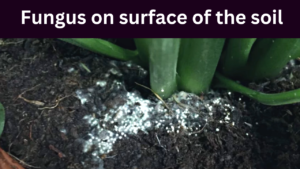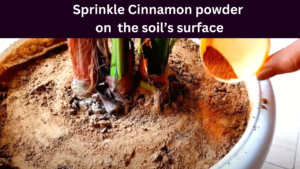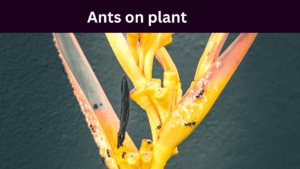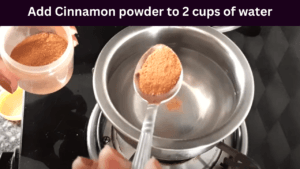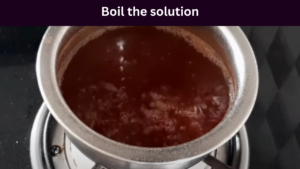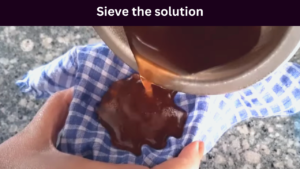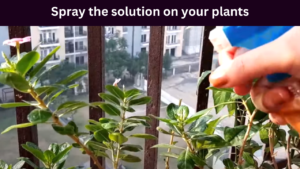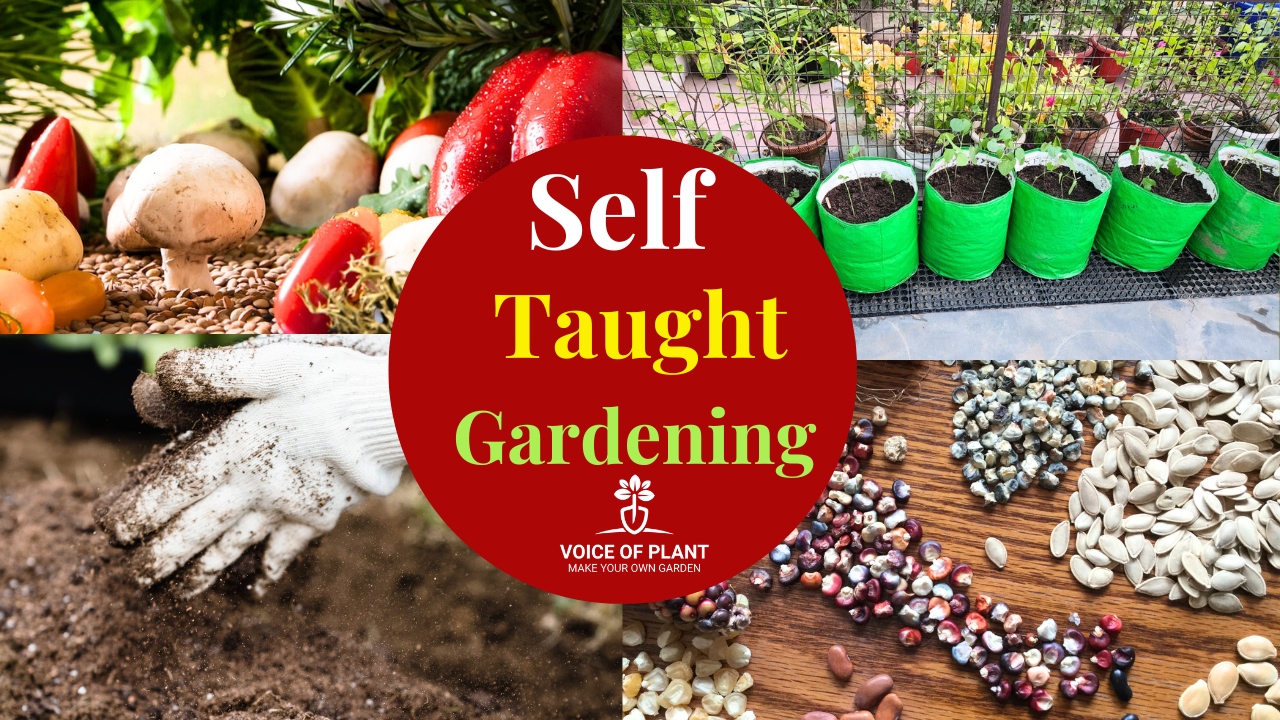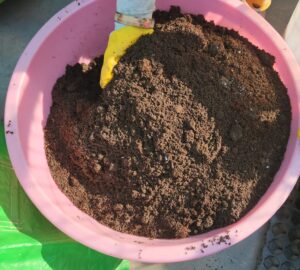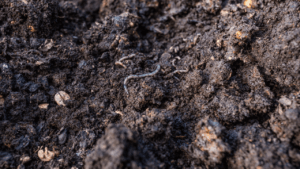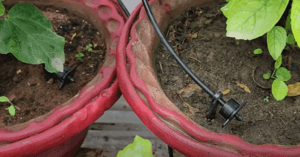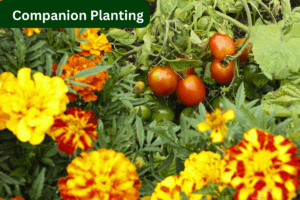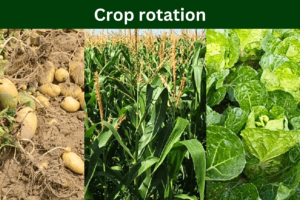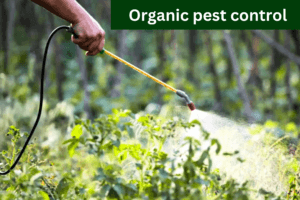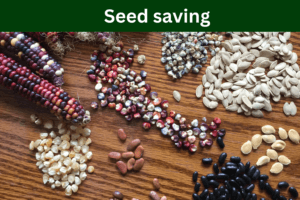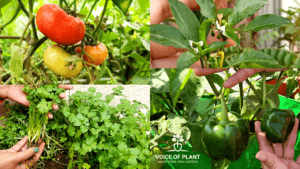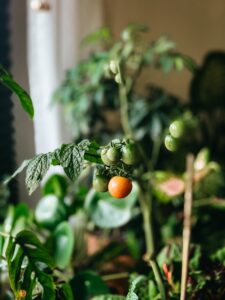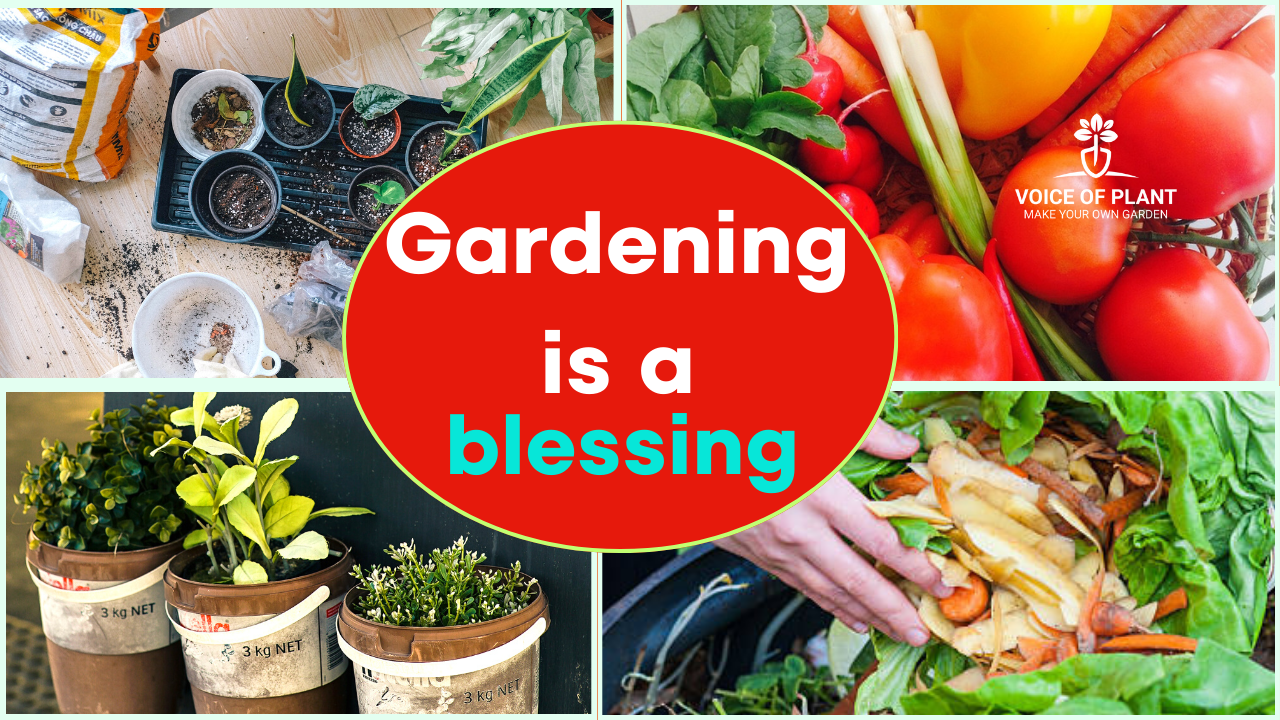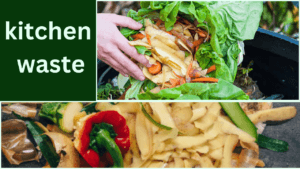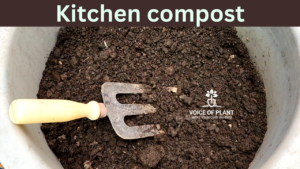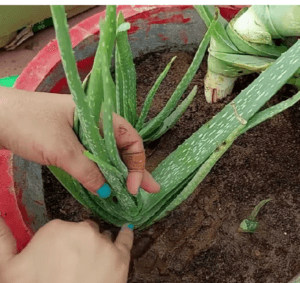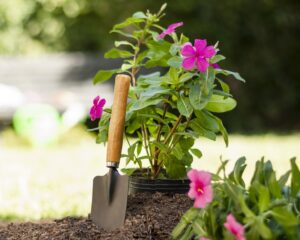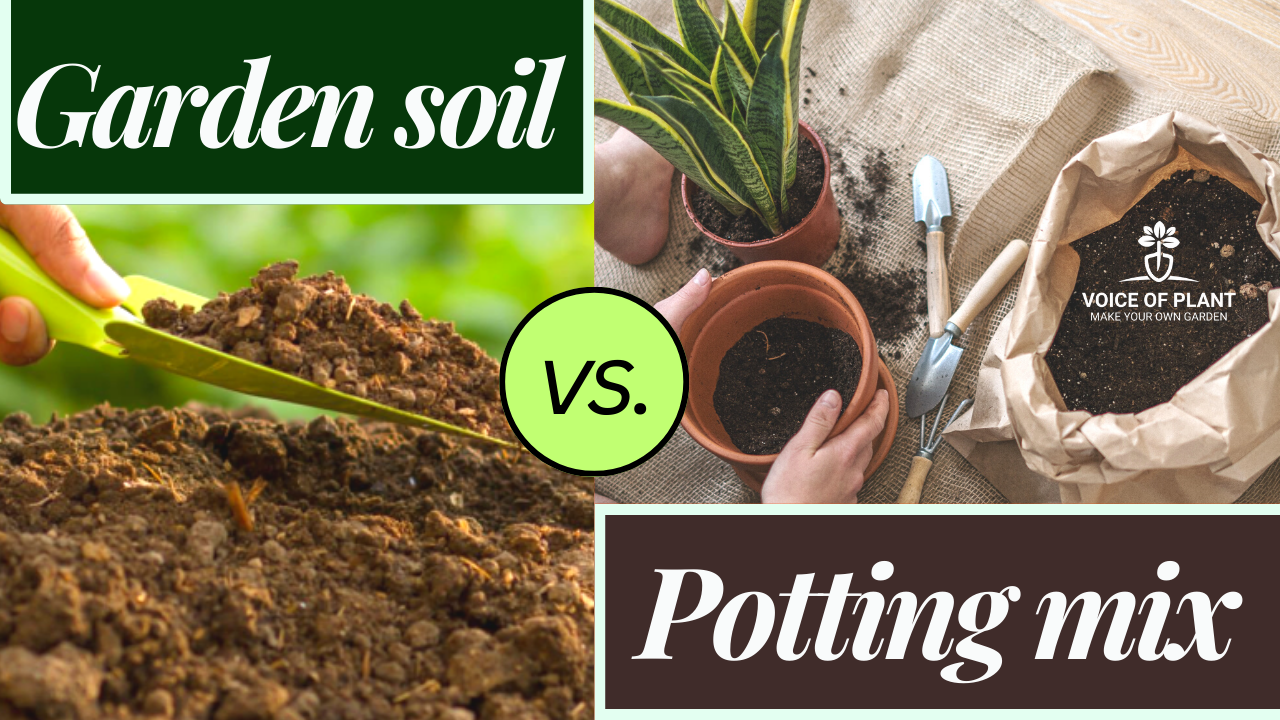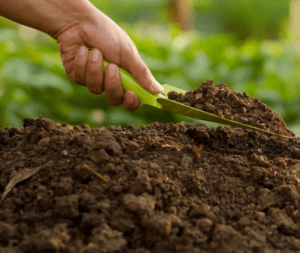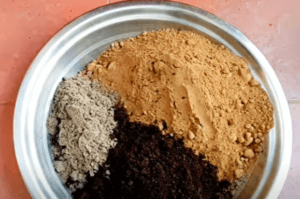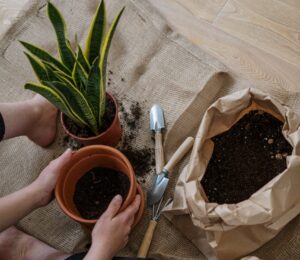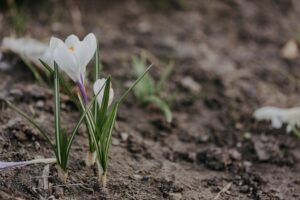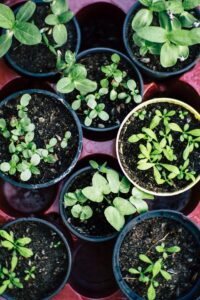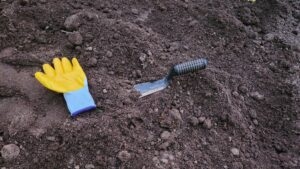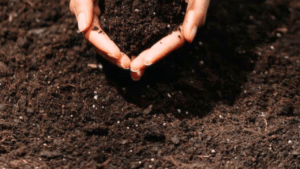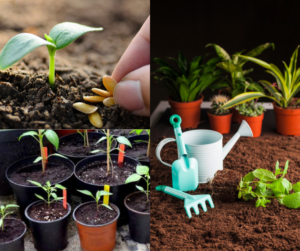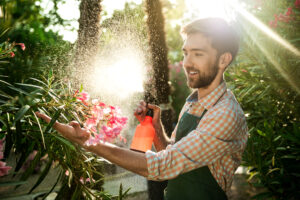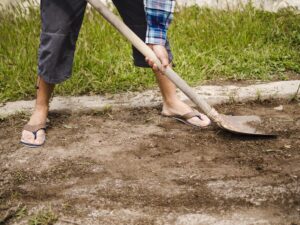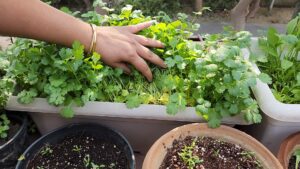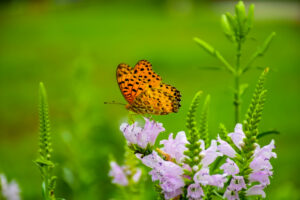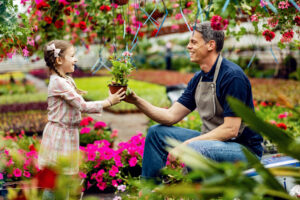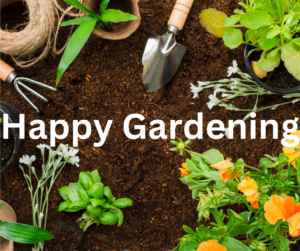Different lighting areas for plants play a crucial role in their growth and well-being. Various plant species exhibit distinct preferences when it comes to lighting conditions in their natural habitats.
For example, succulents and cacti grow in deserts and very dry climates, so they prefer hours of sun and minimal watering.
On the other hand, tropical plants such as ferns, birds of paradise, and philodendrons prefer bright, indirect light and more frequent watering to mimic a rainforest environment.
Understanding these distinct lighting needs is essential for cultivating a healthy indoor garden.
Are your plants getting the right amount of light?
Light is the most essential element for healthy houseplants (indoor plants). The energy obtained from photosynthesis depends on the amount of light the leaves block.
Indoor plants can be classified according to their light needs and tolerance – high, medium, or low.
Choose houseplants based on the availability of natural light in your home. Otherwise, you will have to supplement the light with artificial light.
In this article, we will learn about the different lighting areas for plants.
Different lighting Areas for Plants
1. Dark Room
The area where there is no natural or artificial light is a dark room.

“Do not keep your plants in a dark room, they will stop growing.”
2. Direct Light Area
The area where there is direct sunlight falling in the room with visible yellow light, that light is called the Direct Light Area.

There are some plants that require hours of direct light to grow. They are called outdoor plants.

Below are some of the plants which require direct sunlight to grow:
- Tulsi (Holy basil),
- Hibiscus,
- Curry Patta,
- Jasmine,
- Marigold,
- Rose,
- Brinjal,
- Tomato, etc.
3. Bright Light Area

The area where there is no direct sunlight but is very bright due to day time, that light is called a bright light Area.

4. Medium Light Area

In comparison to bright light areas, where there is little low light, that area is called a medium light area.
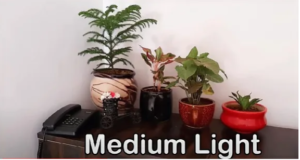
List of some indoor plants that can grow in bright and medium light areas:
- ZZ Plant
- Snake plant
- Dumb cane
- Syngonium
- Peace Lily
- Money plant
- Areca Palm
- Aglaonema
- Rubber plant
- Pothos
- Anthurium
- Dracaena
- Philodendron
- Fiddle leaf fig plant
- Cactus
- Ficus Bonsai
5. Low Light Area

The area which has very low light with reading visibility is called a low-light area.

List of some indoor plants that can grow in low-light areas:
- Snake Plant (Sansevieria)
- ZZ Plant (Zamioculcas zamiifolia)
- Spider Plant
- Dracaena
Note:
- While these plants can adapt to less light, providing some indirect or filtered light periodically will contribute to their overall well-being.
- Always consider factors like humidity, temperature, and watering needs in addition to light conditions for optimal plant care.
Conclusion:
When indoor plants do not receive an adequate amount of light, their ability to carry out photosynthesis is compromised. Without sufficient energy production from photosynthesis, plants cannot manufacture the nutrients they need for growth and maintenance. This deficiency in energy and nutrients can result in weakened plants, stunted growth, yellowing of leaves, and, ultimately, plant death.
It is important to consider the light requirements of the plants and provide an environment that meets those needs.
Different plants have varying light preferences, and understanding these requirements is essential for maintaining healthy and thriving indoor greenery.
Also, read,
All about Indoor Plants
Happy Gardening!
